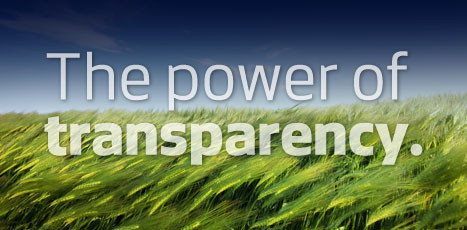Over the past few years, more and more promising and inspiring circular products and services have seen the light of day. However, all of these are facing largely the same challenges, because they are brave frontrunners operating in isolation: they all have to find ways, and not seldom reinvent the wheel, to manage the supply of resources, take care of waste management, market their products, etc.
A circular economy is often referred to as a status of the economy: e.g. ‘once we have a circular economy...’ But the circular economy is neither a status that can be defined or predicted nor something we will ever ‘have’.
The concept of the circular economy is inspired by nature’s vast network of ecosystems, small and large, that are all connected, interacting, collaborating and interdependent of and with each other. In nature, all loops are closed which means there is no such thing as ‘waste’. Nothing stands entirely on its own or functions in isolation; one seemingly insignificant event in one ecosystem may have catastrophic consequences in another. This is how the world functions. It is the result a never-ending process that has been going on for centuries.
Similarly, a full-blown circular economy will be a complex, ungraspable ecosystem that is made up of even more complex sub-ecosystems. It will be the never-finished result of an ongoing evolution of connections, collaborations and interactions of its inhabitants: consumers and businesses.
Hence, the circular economy cannot be ‘implemented’ by anybody since it is impossible to oversee or predict. We are equally unable to steer the likely or even very unlikely events that will define and shape this system.
And this is why transparency is set to become the pillar of a circular economy. Only when there is transparency of resources, products, services, skills and knowledge, to allow them to start flowing freely, we can move on from courageous isolated initiatives to a fully functional economic system. Through transparency, ecosystems can become connected, grow, split, morph and interact: the essential dynamic that is needed for a sustainable economic system to evolve.
All current and aspiring parties in the circular economy have to be able to tap into the vast amount of opportunities. When there is transparency of supply of and demand for resources, products, skills, services, knowledge, facilities etc., it can be used by all players to their particular advantage. They may be inventors creating innovative products and designs, in search of knowledge and resources. Or one of the parties could be a town council that is demolishing old buildings and wants to keep the resources within the loop.
Once people are able to find each other it will make it far easier for them to create products they thought impossible at first, form unlikely alliances, operate in markets that were previously out of reach and be inspired to use resources they never even knew were available. And that, is the power of transparency.





